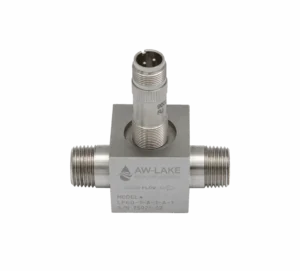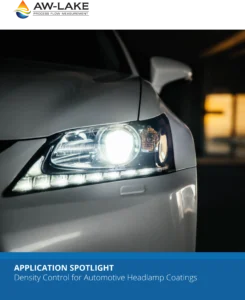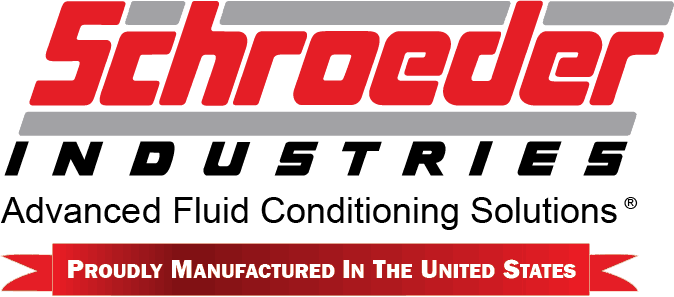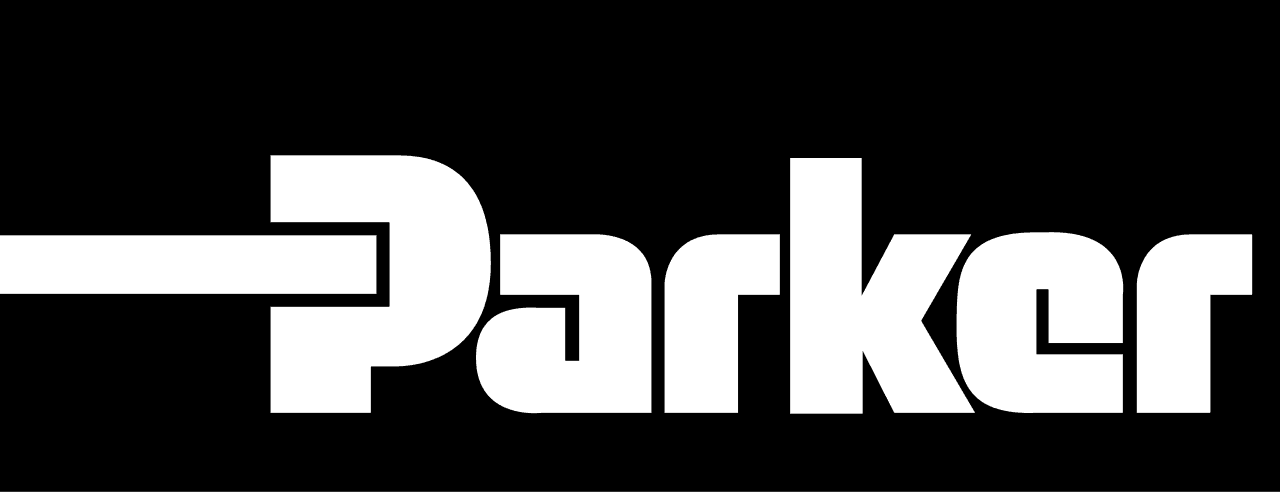Rock Able | July 6th, 2016
Let’s imagine that you have this great idea for a new mobile, hydraulically actuated, machine. It might be a fruit or vegetable harvesting machine, a construction machine, a new idea for installing underground cables, etc. You get the idea. You want to build a life-sized Tonka Toy that really works….and you’re going to make a lot of money doing it!
On a fairly regular basis, we have people approach us who have a concept to build a new mobile hydraulic machine. Unfortunately, a lot of people in this situation either lack the engineering resources or knowledge to build their dream machine themselves. Their understanding of what modern mobile, hydraulically actuated, machines require may be outdated. For instance, a bicycle is a relatively simple machine, but building a modern, niche purpose bicycle can quickly get complicated.
Turning an idea into a working machine takes a lot of work and resources. Taking shortcuts will usually end up being expensive. So, it pays to have a well thought out plan and reliable resources to work with. Here are some things you need to consider and questions you need to ask yourself if you are considering such a venture.
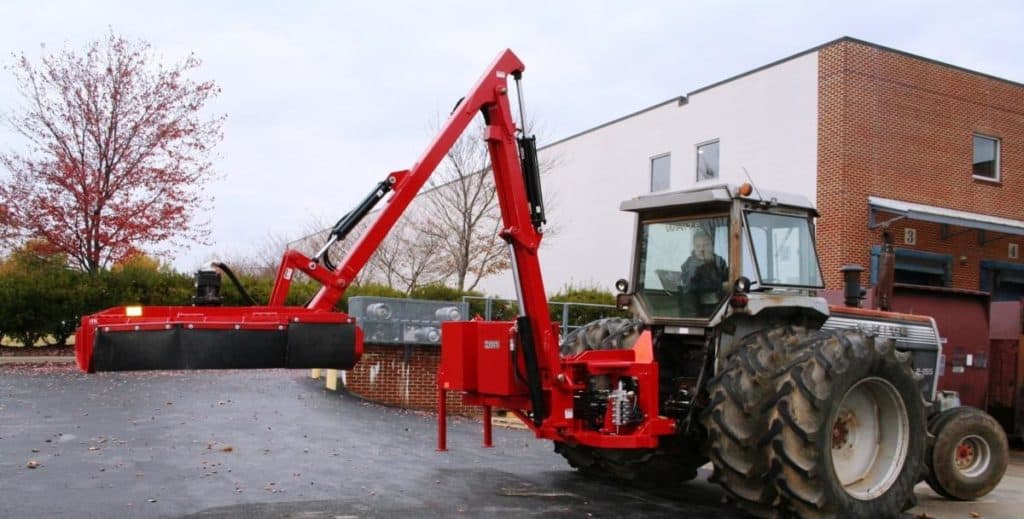
1: Design a Working Concept Model
It’s good to prove that your idea works on a small scale before you invest in building a full-scale model. Who is going to design the model? Who is going to build it? After you have cleared this hurdle, let’s assume your working model was a success and you have decided to pursue building a full-size machine.
2: Engineering
You still need someone to engineer it and provide a full set of documents that allows the machine to be built, modified, and then produced repetitively by skilled fabricators.
Who is going to do the documentation and engineering? What materials will the machine be made of? How big is it? How much will it weigh? How will you power it? How will you control it? What does the operator interface look like? How many horsepower will be required? Will it be diesel, gasoline, CNG, or LP powered? How much space will the engine and emissions system occupy? Will it have a mechanical drive or hydraulic drive?
3: Hydraulic System
Assuming that the machine has multiple work functions, is self-propelled, and requires an operator, there are many questions to be answered regarding the hydraulic system.
How many working functions are on the machine? How much power will be required for each individual function? Will the functions be manually controlled, electronically controlled, or remote-controlled? Will the functions be a simple on/off or will they need to be proportionally controlled? How much space is available on the machine for the actuators, valves, and pump(s)? How will the system be plumbed; hose, tubing, pipe, or a combination?
4: Electronic Controls
Most machines will have some amount of electrical/electronic control needs. You may have a simple machine that only needs lights, horn, etc., but if you have electrically actuated solenoid valves, you may need some sort of logic system that will keep the operator safe and the machine operating efficiently.
Today, this usually means a programmable logic controller (PLC) of some sort. It also often includes a human machine interface (HMI), which is also capable of being interfaced with the engine management system. What sort of control system will you have? Will it need to interface with the engine management system? Who will program it?
5: Engine Management Systems & Emission Standards
Most of today’s engines with emissions control have an engine management system and an emissions system. In some cases, like Tier 4 diesel engines, you can tap into the engine control module (ECM) and display engine operating parameters like RPM, coolant temperature, oil pressure, etc. You can also control the throttle, when needed.
What type of engine interface will you have? What information needs to be displayed on the HMI? Who will provide the interface for the engine? Who will program the display, design the graphics and customize it for you and your customer’s needs?
6: Testing
These machines don’t work perfectly out of the box. It often involves testing and refinement of the design, as well as approval by the engine supplier. Who will aid with the startup and testing? Who will modify the programs and make the needed changes? Will they do it on site or will you have to have someone in another area of the country email you a program change and hope it works?
These are just some of the questions that need to be answered and some of the things that need to be considered when you are trying to decide if you really want to build a new mobile hydraulically actuated machine. There are many more questions, of course, depending on how complex your machine is and the development path that you choose. Once you have the answers to these questions, you should sit down with knowledgeable people and work with them to develop a written Scope of Work that assures you know what you want and defines what you are asking your vendors to provide.
In the end, if you want your mobile hydraulic machine to perform efficiently, reliably, safely and be user-friendly, you need to choose an integrator who can work with you as a partner to do this development work. Cross Company’s Mobile Hydraulic and Control Systems Grouphas a dedicated staff of application engineers and designers that are experts in the integration of hydraulics and electronic controls for mobile machinery. They can help turn your ideas into a life-sized Tonka Toy that really works.

